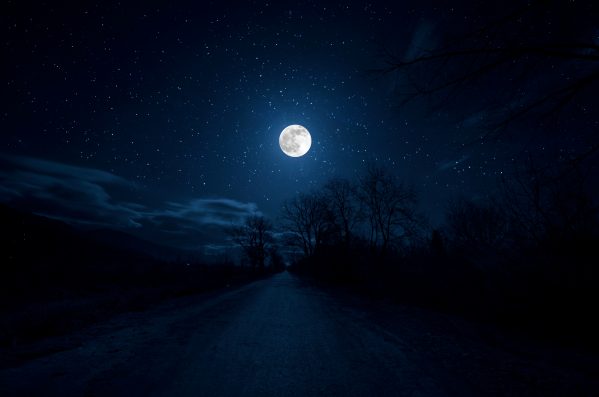A new study has found that Earth’s days used to be two hours longer than they are now because of the moon drifting thousands of miles farther away. The additional hours may have led to a series of oxygenation events that triggered one of the most complex evolutionary periods in our planet’s history.
“Day length changes may influence the distribution of solar energy and temperature gradients, potentially impacting weather systems and atmospheric dynamics,” wrote the researchers of the new study.
Currently, Earth’s days are 24 hours long, and the moon orbits 238,855 miles from Earth on average. However, this wasn’t always the case.
The moon tugs on Earth over time, migrating away from our planet and removing some of its kinetic energy. This causes Earth’s spin around the axis to slow down and lengthen the days.
The team of researchers, led by geologist He Huang from the Chengdu University of Technology in China, wanted to come up with a more accurate picture of Earth’s spin history.
Throughout its history, the Earth’s rotation has been decelerating, but the rate of this deceleration over time has never been established.
They analyzed eight sets of data on rock layers from marine habitats that date back roughly between 700 million and 200 million years ago. These layers of rock, or tidalities, can record the strength of the tides throughout the years.
The team incorporated the data into models of the tidal forces between the moon and Earth to determine the speed at which the Earth spun around its axis over a span of half a billion years.
They found a “staircase” pattern of two periods where the planet’s rotation changed quickly and dramatically, followed by periods of stability.

Sign up for Chip Chick’s newsletter and get stories like this delivered to your inbox.


